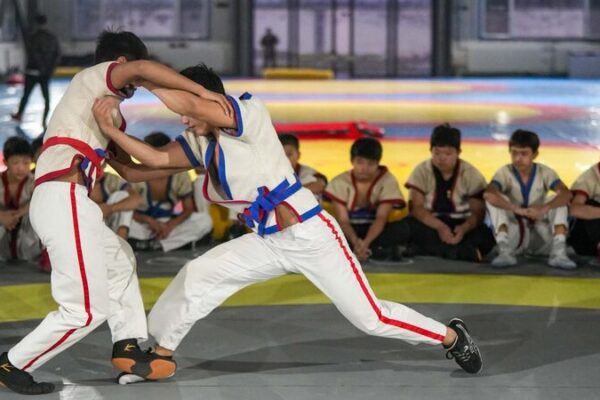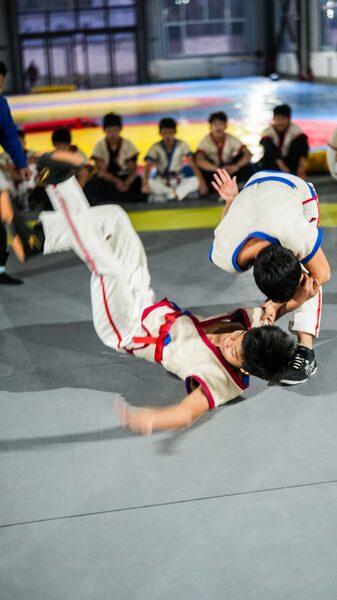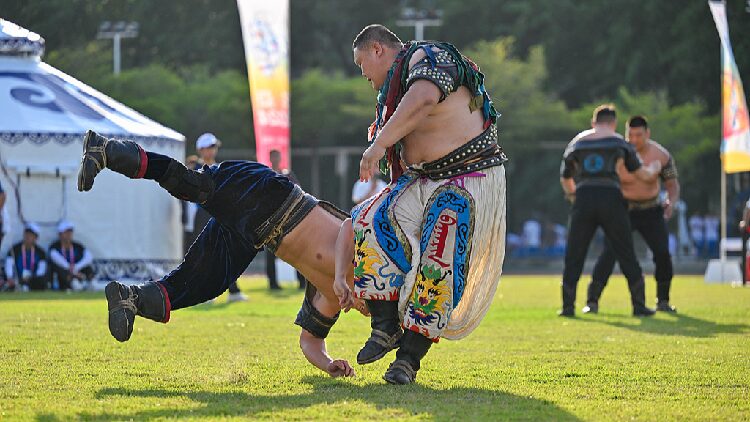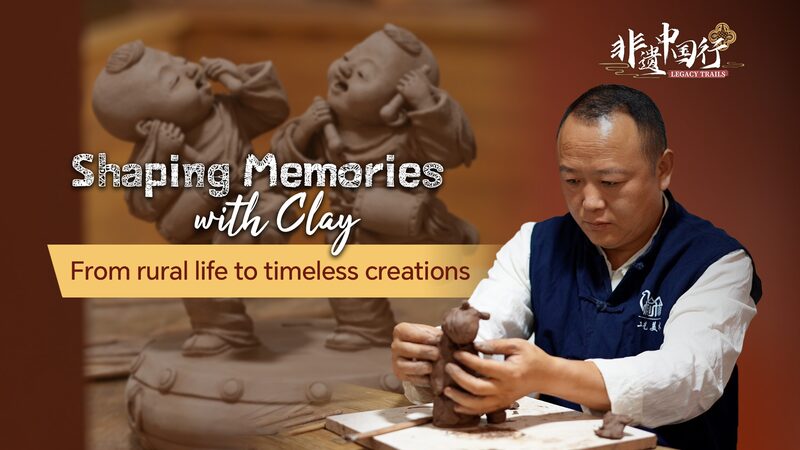Under the early morning sun, in a humble pit filled with soft clay, young men grapple and sweat, keeping alive a tradition that dates back over 2,500 years. This is Kushti, the ancient form of Indian wrestling that remains a vibrant part of India’s cultural tapestry.
Kushti isn’t just a sport; it’s a way of life. Wrestlers, known as pehlwans, dedicate themselves to rigorous training regimes and strict diets, often living together in communal training centers called akhadas. Here, they learn not only the physical techniques of wrestling but also discipline, respect, and the teachings of their gurus.
"When I’m in the pit, I feel connected to my ancestors," says Rajesh, a 19-year-old wrestler from Delhi. "Kushti is more than competition—it’s about honor and tradition."
Despite the rise of modern sports and entertainment, Kushti has retained its grip on the youth in northern India. The sport’s emphasis on strength, agility, and mental fortitude appeals to many young people seeking to challenge themselves both physically and spiritually.
Sreoshi Mukherjee, reporting from a training pit in Delhi, observes, "There’s a raw authenticity here that’s hard to find elsewhere. Kushti wrestlers pour their heart and soul into the sport, embodying a tradition that has endured millennia."
As India rapidly modernizes, Kushti stands as a testament to the country’s rich heritage, bridging the past and present. Through the dedication of its practitioners and the fascination of new generations, this ancient sport continues to thrive in the heart of India.
Reference(s):
cgtn.com








